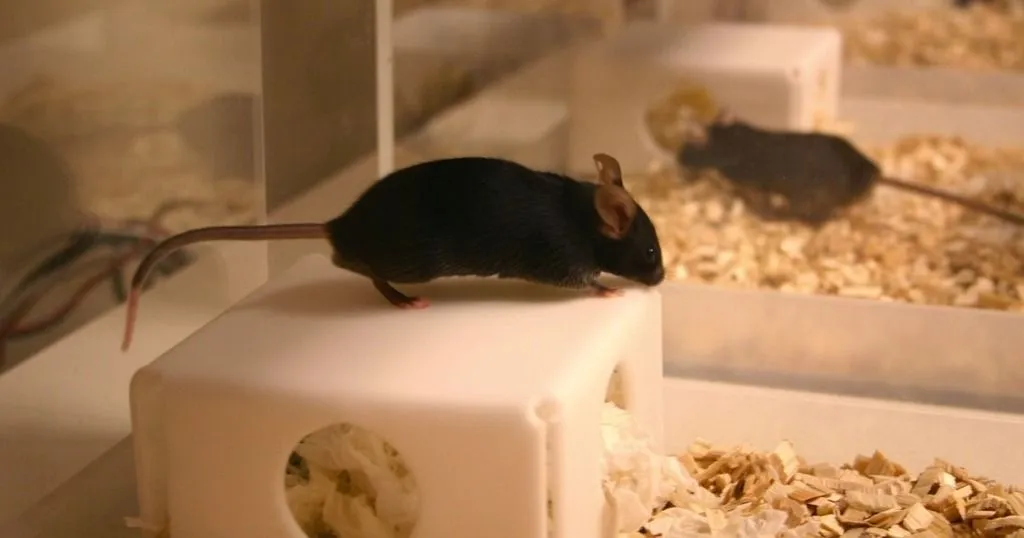Video tracking and a bug repellant stronger than DEET
Last year the news was hitting the internet: The Zwiebel lab (Vanderbilt University, Nashville, Tennessee, USA) may have found a new bug repellant that is stronger than DEET.
Posted by
Published on
Mon 31 Dec. 2012
Topics
| DanioVision | EthoVision XT | Insects | Video Tracking |
Last year the news was hitting the internet: The Zwiebel lab (Vanderbilt University, Nashville, Tennessee, USA) may have found a new bug repellant that is stronger than DEET. They published a paper on it this year. It tells us how they used video tracking of insect larvae to test a range of possible variants of this new compound called VUAA1.
Stronger than DEET
Dr. Zwiebel and his team identified the VUAA1 compound to work like DEET (a well-known insect repellant), only a thousand times stronger. It turns on all the receptors in the mosquito’s “nose”, effectively overloading the odor-sensing system.
Messing with their noses
The research of the Zwiebel lab team started at the mosquito’s antennae, where their olfactory system is located. They need their antennae to locate their prey: humans. That’s why messing with this system might be a perfect way to disrupt their hunt for our blood. This is very important, because mosquitos aren’t just annoying, they can also transmit diseases, like malaria.
System overload
The VUAA1 compound works as a odorant receptor (OR) agonist, meaning that it activates it. Exposing insects to this compound effectively overloads their sensory system. This means they have no way to locate any odor source...
In this study the researchers investigated the potential of analogues of this VUAA1 compound. By altering the structure of the compound, they created VUAA0 and VUAA0.5 which showed reduced potency to bind to the OR in in vitro studies. However, they also created VUAA2, VUAA3, and VUAA4. These analogues showed enhanced potency. Especially VUAA4 showed a ten-fold increased agonist potency over VUAA1.
Testing on behavior
Now that they’ve created VUAA1 analogues that are potentially even more effective than VUAA1 itself, they were ready to test them out.
Mosquito larvae were used to study the effect on the same receptors that are found in adult mosquitos. The larvae were exposed to VUAA1, DEET and two other compounds that are known to affect larval mobility: 3MP and ACP. Larval activity was measured in 6-well plates with DanioVision and EthoVision XT. As expected, 3MP increased larvae activity, as does DEET, while ACP decreased it. And, in accordance with previous findings, VUAA1 increased activity significantly more than DEET.
To assure that the effect was actually due to the binding of VUAA1 to the odorant receptor, the researchers selectively blocked this pathway by administration of specific RNA. The effect was no longer present, indicating that it was indeed the binding of the VUAA1 to the odorant receptor that increased larvae activity.
Subsequently they tested the VUAA1 analogues. The suspected enhanced potency of VUAA2 and VUAA3 was not confirmed in this behavioral assay. While VUAA0 decreased larvae activity, VUAA0.5, VUAA2 and VUAA3 did not alter larvae activity significantly. But VUAA4 did.
Hope for a future free of mosquito-bites
This study shows the importance of behavioral research. While 3 out of 5 analogues of the VUAA1 compound showed promise to be as effective (or even more effective) as VUAA1 itself, this was only confirmed for one of them in the behavioral assay. However, this specific compound VUAA4 shows even more potency than the originally discovered VUAA1 which already seemed so much stronger than DEET. These are promising findings for the creation of better mosquito repellants and thus in limiting the spread of malaria and other diseases that can be transferred by insects.
Taylor, R.W.; Romaine, I.M.; Liu, C.; Murthi, P.; Jones, P.L.; Waterson, A.G.; Sulikowski, G.A.; Zwiebel, L.J. (2012). Structure-activity relationship of a broad-spectrum insect odorant receptor agonist. ACS Chemical Biology, 7(10), 1647-1652.
Related Posts

Mimicking human decision-making in a mouse model

A new rat model for neonatal white matter injury

